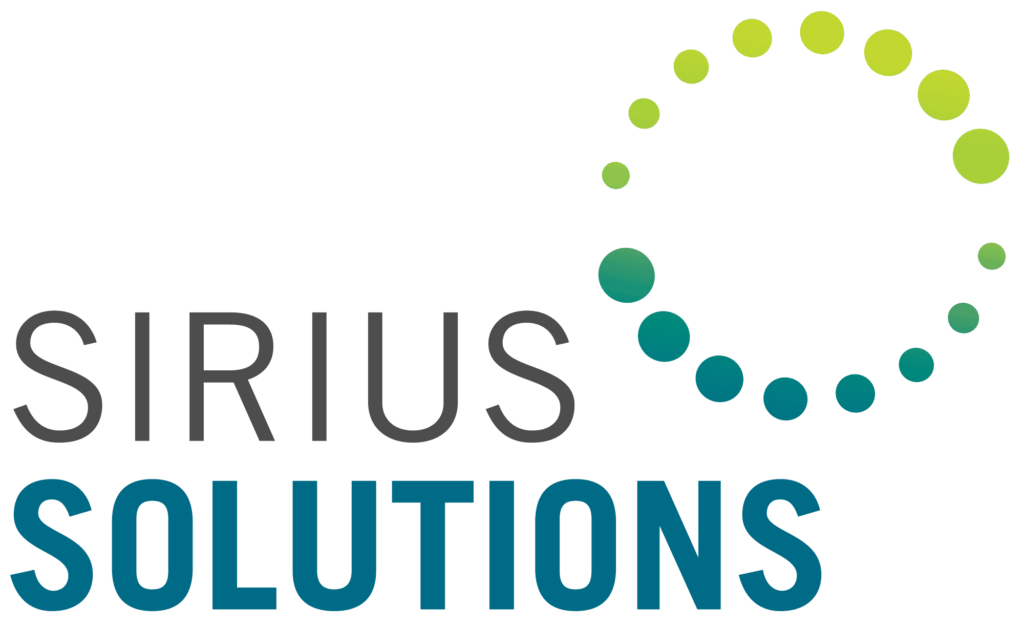Workflow Automation
As companies are preparing for end-of-year activities like budgeting processes, inventory counts, maintaining vendor and insurance records, employee benefit renewals, completing work for SEC filings and property tax renditions, we recommend using workflow automation to standardize and optimize these tasks. Workflow automation is scalable, and once automated, the processes can be used year after year.
There are two benefits to using workflow automation at this time – one to standardize processes that are utilized every year and to bring discipline and order to processes for staff members working from home. Teamwork and collaboration in conference rooms have quickly been replaced by Zoom or Teams meetings – and remote and physical work environments now co-exist and demand greater automation. The technology play around workflow automation provides a scalable, cloud-based, and applicable model that companies can benefit from year after year.
There is a wide array of workflow automation tools available in the market today. Several are fairly inexpensive, and allow for quick onboarding and implementation. We also look for processes that can be automated. Processes that are ideal for automation are:
- Have well-defined milestones and deliverables.
- Clear assignment of roles and individuals who can be assigned to particular tasks. In other words, who is responsible for a particular process/deliverable.
- Processes that have linkage to predecessors and/or successors.
- The process has clear definition on each state within the process.
- Distinct rules around how assignments flow from one individual to another or how the responsibility or “ball in court” is passed along from one individual to another.
Organizations depend on processes even though workflows are not always documented. In one of our recent projects, we were able to bring up SmartSheets within 24-hours for our client. Within a week, we were able to implement a simple tracking sheet with real workflows with assigned resources. We signed up for 5 designers to implement workflows and unlimited users, including employees and 3rd parties. Our client is currently running 10 workflows with over 100 users in the system, setting up alerts or milestones for key processes, receiving updated delivery dates from vendors, creating reports, exporting data to existing systems, using data visualization tools with SmartSheets, and standardizing everyday processes.
We feel that using workflow automation for end-of-year (EOY) processes is a good place to start because EOY activities are standard and repeatable. For companies that are audited, workflow automation tools can ensure that routine processes are followed according to company policies in a complete manner and provide a documented flow of tasks and approvals needed to maintain internal controls.
To learn more about how workflow automation can help you streamline your business, please write to jbrito@sirsol.com or rdas@sirsol.com.
Jaime Brito & Rakhee Das, Sirius Solutions
DOWNLOAD THIS ARTICLE
If you would like further information about Automation, please complete the form below.
Error: Contact form not found.
